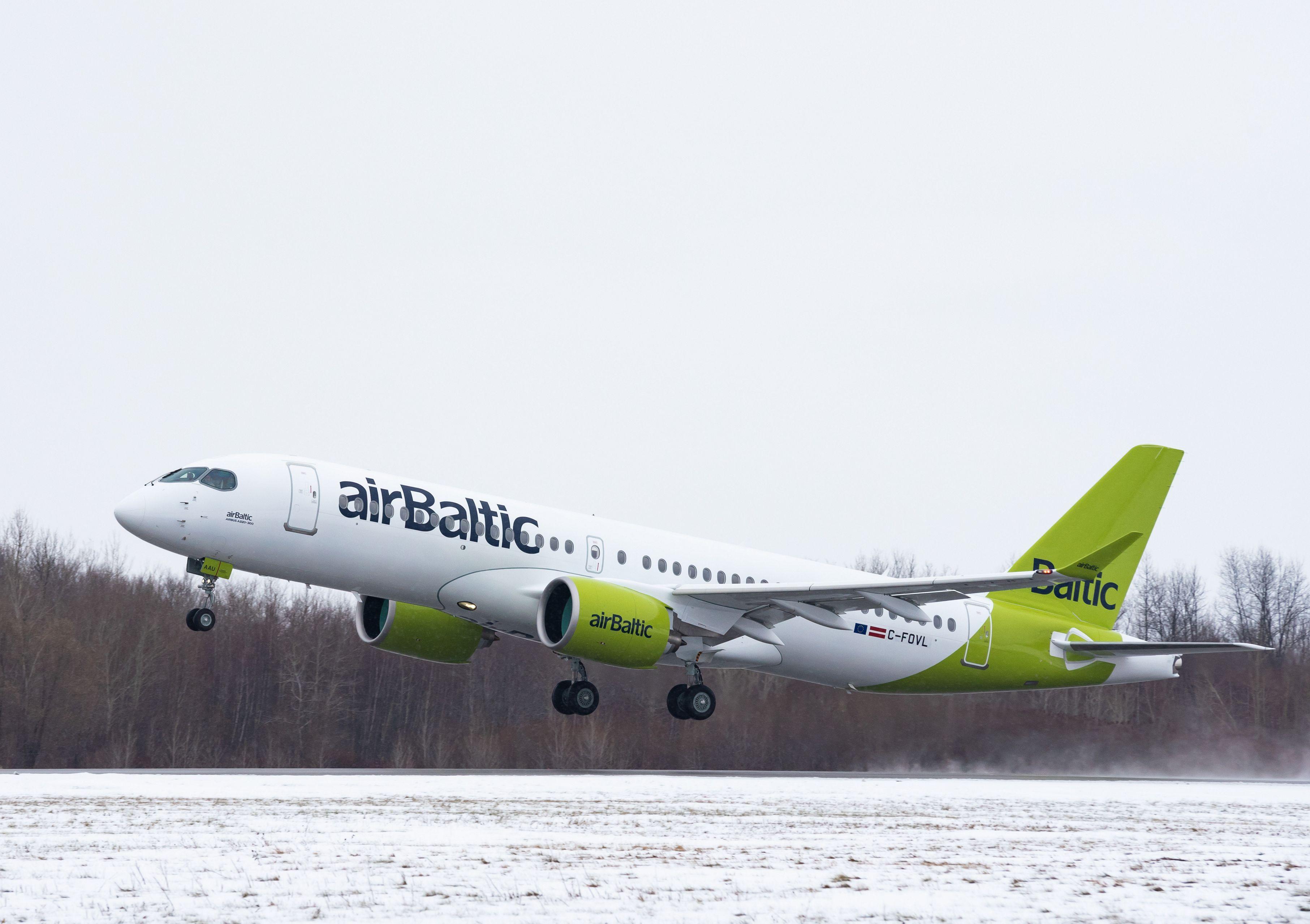
airBaltic Airbus A220-300
Credit: Airbus / Olivier Cote
This week’s Flight Friday focuses on Eastern European (excluding Russian) operators, corresponding with the upcoming Aviation Week MRO BEER event June 26-27 in Vilnius, Lithuania. Not only were Eastern European operators hit by the COVID outbreak in 2020, but then they were further impacted with the...
Subscription Required
This content requires a subscription to one of the Aviation Week Intelligence Network (AWIN) bundles.
Schedule a demo today to find out how you can access this content and similar content related to your area of the global aviation industry.
Already an AWIN subscriber? Login
Did you know? Aviation Week has won top honors multiple times in the Jesse H. Neal National Business Journalism Awards, the business-to-business media equivalent of the Pulitzer Prizes.





